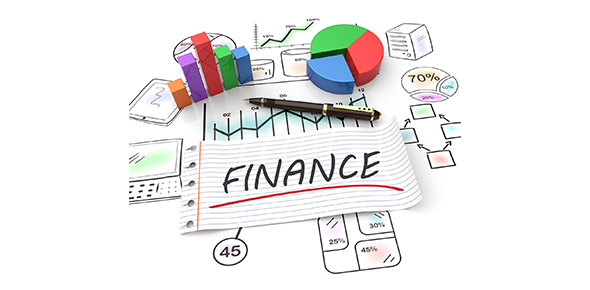Related Flashcards
Related Topics
Cards In This Set
| Front | Back |
|
Refer to the above table. suppose that demand is represented by columns
(3) and (2) and supply is represented by columns (3) and (5). if the
price were artificially set at $6, a:
|
A shortage of 40 units would occur.
|
|
Refer to the above data. equilibrium price will be:
|
$2.00
|
|
A market is in equilibrium:
|
If the amount producers want to sell is equal to the amount consumers want to buy.
|
|
The rationing function of prices refers to the:
|
Capacity of a competitive market to equate the quantity demanded and the quantity supplied
|
|
Which of the following will cause a decrease in market equilibrium price and an increase in equilibrium quantity?
|
A decrease in supply.
|
|
A market:
|
Is an institution that brings together buyers and sellers.
|
|
The law of demand states that:
|
Price and quantity demanded are inversely related.
|
|
Graphically, the market demand curve is:
|
The horizontal sum of individual demand curves.
|
|
The demand curve shows the relationship between:
|
Price and quantity demanded.
|
|
The relationship between quantity supplied and price is _____ and the relationship between quantity demanded and price is _____.
|
Direct, inverse
|
|
In presenting the idea of a demand curve economists presume that the
most important variable in determining the quantity demanded is:
|
The price of the product itself.
|
|
The construction of demand and supply curves assumes that the primary
variable influencing decisions to produce and purchase goods is:
|
Price.
|
|
In the past few years, the demand for donuts has greatly increased. this increase in demand might best be explained by:
|
A change in buyer tastes.
|
|
Which of the following will not cause the demand for product k to change?
|
A change in the price of k
|
|
An economist for a bicycle company predicts that, other things equal, a
rise in consumer incomes will increase the demand for bicycles. this
prediction is based on the assumption that:
|
Bicycles are normal goods.
|







